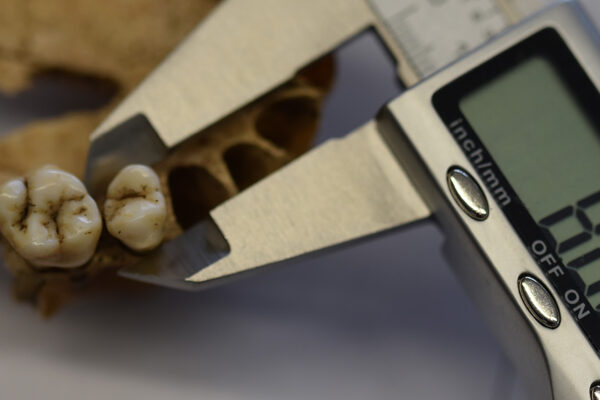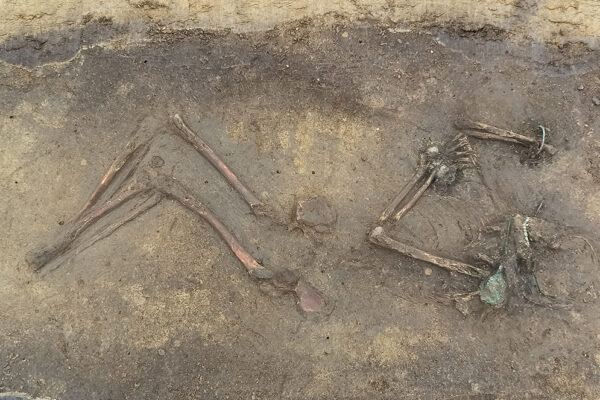Osteological analysis
The results of a non-destructive, external, i.e. morphological osteological analysis of skeletal remains is often referred to as “findings” in German-speaking anthropology. The term encompasses all observations of the human skeleton and the findings obtained by morphological-osteological methods.
Osteological analysis allow the determination of age at death, sex, and detect diseases or may provide information on body height.
The SAM distinguishes between two types of osteological findings: In situ findings and detailed osteological findings. For both, it specifies a minimum set of information to be collected using well-defined osteologic morphologic methods in different guidelines corresponding to guidance. This is to ensure that the most important data for each individual are recorded in a comparable manner, thus making findings from analyses of SAM skeletal finds comparable. Of course, these minimum data sets by no means cover all possible questions to be asked of the material, so that depending on the goal of the analysis, it may be necessary to undertake additional investigations.



